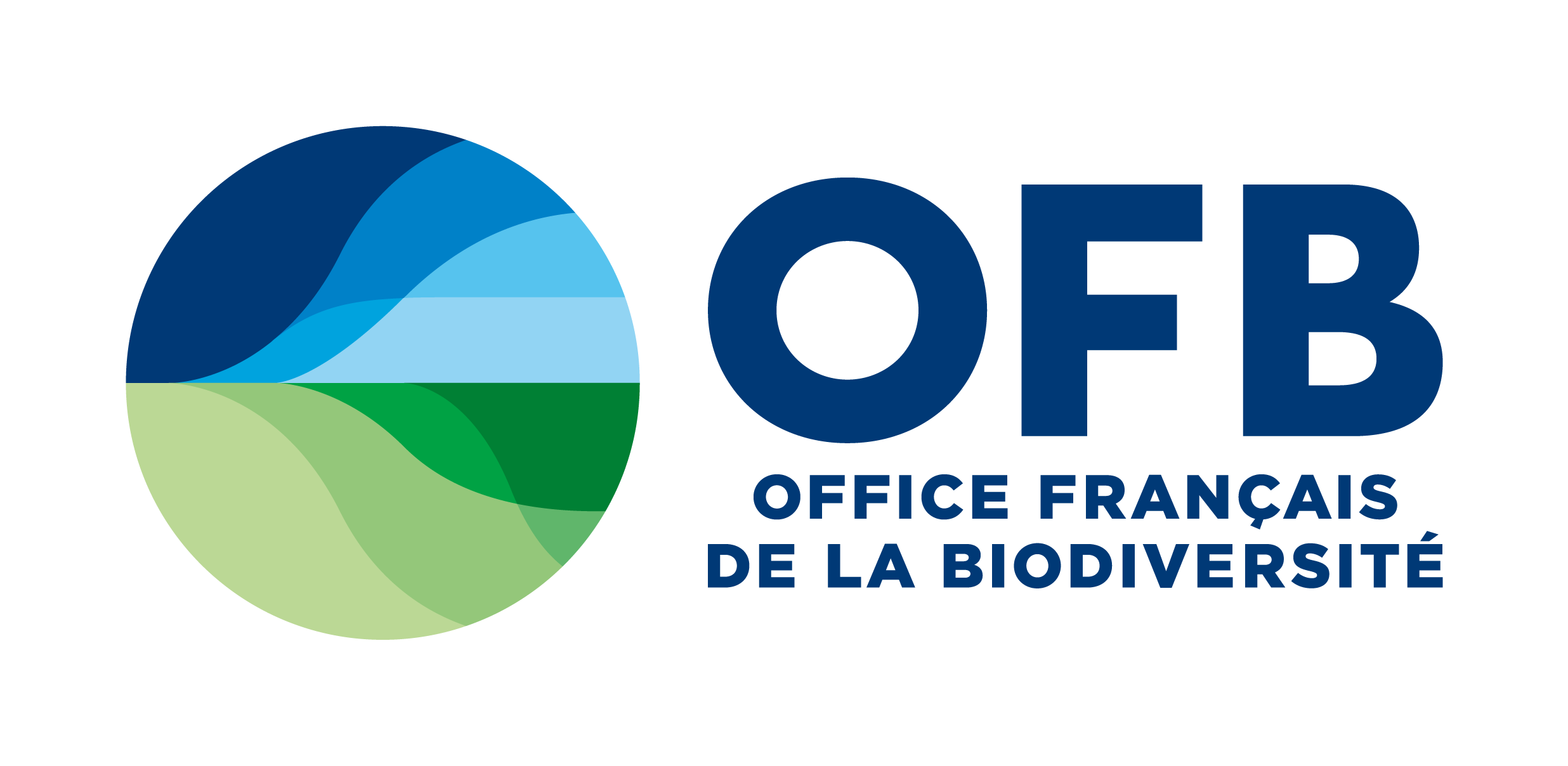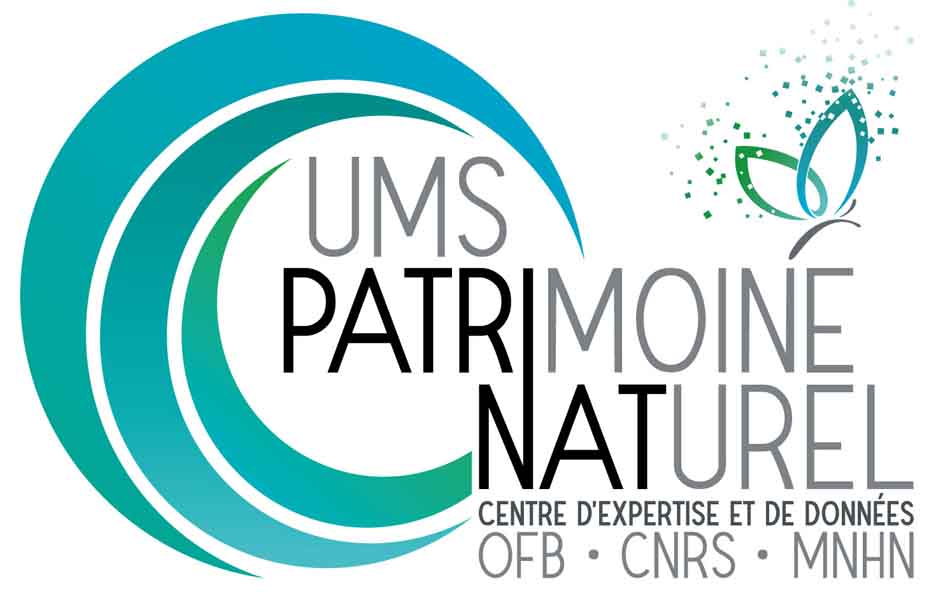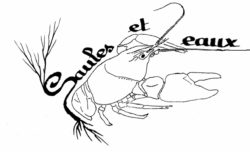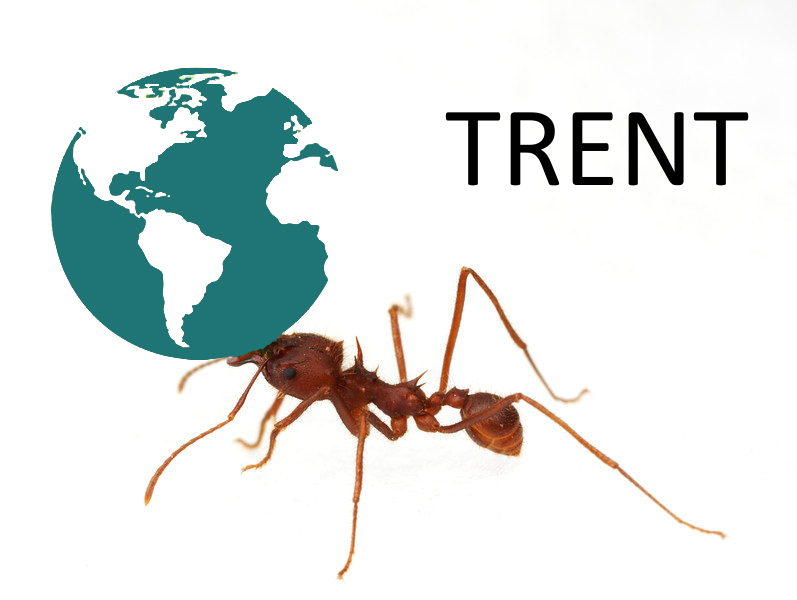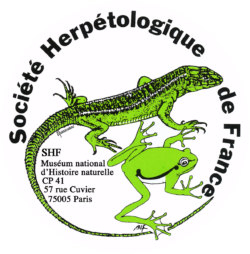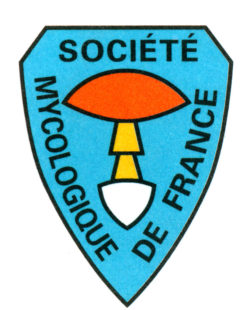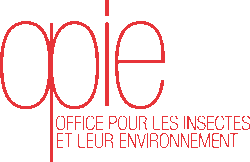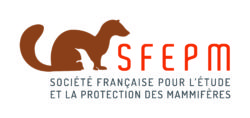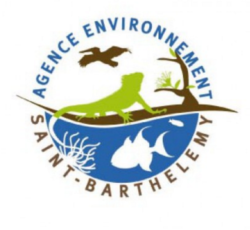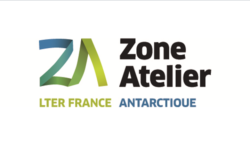Références bibliographiques relatives à la modélisation, les indicateurs et le changement climatique
Pour rechercher un mot clé dans la page, taper le mot dans l’outil « rechercher » de votre navigateur.
Pour télécharger le document cliquez sur le rond bleu.
Alston-Knox, C. L., & al. 2018. Modelling habitat and planning surveillance using Landsat imagery: a case study using Imported Red Fire ants. Biological Invasions 20(5): 1349-1367.![]()
Anderson, L. 2007. Darold P. Batzer & Rebecca R. Sharitz (eds): Ecology of freshwater and Estuarine Wetlands. Biological Invasions 9(8): 1009-1010.![]()
Barbet-Massin, M., & al. 2018. Can species distribution models really predict the expansion of invasive species? PLOS ONE 13(3): e0193085.![]()
Basse, B. & Plank, M. 2007. Modelling biological invasions over homogeneous and inhomogeneous landscapes using level set methods. Biological Invasions 10(2): 157-167.![]()
Baumsteiger, J., & al. 2018. Factors affecting distribution and abundance of jellyfish medusae in a temperate estuary: a multi-decadal study. Biological Invasions 20(1): 105-119.![]()
Bellard, C., & al. 2013. Will climate change promote future invasions? Global Change Biology 19(12): 3740-3748.![]()
Bertelsmeier, C., & al. 2013 (a). The impact of climate change changes over time. Biological Conservation 167: 107-115.![]()
Bertelsmeier, C., & al. 2013 (b). Increase in Quantity and Quality of Suitable Areas for Invasive Species as Climate Changes. Conservation Biology 27(6): 1458-1467.![]()
Bhattacharya, M. 2015. Bioclimatic Modelling: A Machine Learning Perspective. Innovations and Advances in Computing, Informatics, Systems Sciences, Networking and Engineering. T. Sobh and K. Elleithy. Cham, Springer International Publishing: 413-421.![]()
Bradie, J., & al. 2015. Beyond species-specific assessments: an analysis and validation of environmental distance metrics for non-indigenous species risk assessment. Biological Invasions 17(12): 3455-3465. ![]()
Chen, P., & al. 2006. Ecological niche modeling as a predictive tool: silverand bighead carps in North America. Biological Invasions 9(1): 43-51.![]()
Cockrell, M. L. & Sorte, C. J. B. 2013. Predicting climate-induced changes in population dynamics of invasive species in a marine epibenthic community. Journal of Experimental Marine Biology and Ecology 440: 42-48.![]()
Cohen, T. 2012. Telemorphosis, Theory in the era of Climate change. 1: 314 pp.![]()
Cooke, S. L. 2016. Anticipating the spread and ecological effects of invasive bigheaded carps (Hypophthalmichthys spp.) in North America: a review of modeling and other predictive studies. Biological Invasions 18(2): 315-344.![]()
Davidons A.D. & al. 2017. Development of a risk assessment framework to predict invasive species establishment for multiple taxonomic groups and vectors of introduction. Management of Biological Invasions, 8(1): 25-36.![]()
De Oliveira, G., & al. 2018. Combining the effects of biological invasion and climate change into systematic conservation planning for the Atlantic Forest. Biological Invasions 20(10): 2753-2765.![]()
Drillet, G. & al. 2013. Effects of temperature on type approval testing of ballast water treatment systems, SETAC: 17 pp.![]()
Fischer, M. L., & al. 2016. Assessing and predicting the spread of non-native raccoons in Germany using hunting bag data and dispersal weighted models. Biological Invasions 18(1): 57-71.![]()
Fisichelli, N. A. & Miller, K.M. 2018. Weeds, worms, and deer: positive relationships among common forest understory stressors. Biological Invasions 20(5): 1337-1348.![]()
Fournier, A., & al. 2017. Predicting species distribution combining multi-scale drivers. Global Ecology and Conservation 12: 215-226.![]()
Gallardo, B., & al. 2017. Protected areas offer refuge from invasive species spreading under climate change. Glob Change Biol 1–13.![]()
Goldsmit, J., & al. 2018. Projecting present and future habitat suitability of ship-mediated aquatic invasive species in the Canadian Arctic. Biological Invasions 20(2): 501-517.![]()
Goldstein, E. A., & al. 2016. Modeling future range expansion and management strategies for an invasive squirrel species. Biological Invasions 18(5): 1431-1450.![]()
Gray, D. R. 2017. Climate change can reduce the risk of biological invasion by reducing propagule size. Biological Invasions 19(3): 913-923.![]()
Gren, I.-M. 2013. Species Imperilment on the Global Scale: Empirical evidences of economic causes, Swedish University of Agricultural Sciences, Department of Economics: 30 pp.![]()
Haak, D. M., & al. 2017. Coupling ecological and social network models to assess “transmission” and “contagion” of an aquatic invasive species. Journal of Environmental Management 190: 243-251.![]()
Harris, R. M. B., & al. 2017. Unusual suspects in the usual places: a phylo-climatic framework to identify potential future invasive species. Biological Invasions 19(2): 577-596.![]()
Hill, M. P., & al. 2016. Predicted decrease in global climate suitability masks regional complexity of invasive fruit fly species response to climate change. Biological Invasions 18(4): 1105-1119.![]()
Holopainen, R., & al. 2016. Impacts of changing climate on the non-indigenous invertebrates in the northern Baltic Sea by end of the twenty-first century. Biological Invasions 18(10): 3015-3032.![]()
Horsák, M., & al. 2016. Drivers of Central European urban land snail faunas: the role of climate and local species pool in the representation of native and non-native species. Biological Invasions 18(12): 3547-3560.![]()
Hui, D. 2013. Global Climate Change and Biodiversity: Issues and Future Research. Biodiversity and Conservation, 1: 2 pp.![]()
Johnston, M. W. & Purkis, S.J. 2013). Modeling the Potential Spread of the Recently Identified Non-Native Panther Grouper Chromileptes altivelis in the Atlantic Using a Cellular Automaton Approach. PLoS ONE 8(8): e73023.![]()
Katz, T. S. & A. J. Zellmer. 2018. Comparison of model selection technique performance in predicting the spread of newly invasive species: a case study with Batrachochytrium salamandrivorans. Biological Invasions 20(8): 2107-2119.![]()
Keith, J. M., Spring, D. 2012. Agent-based Bayesian approach to monitoring the progress of invasive species eradication programs. PNAS: 6 pp.![]()
Kriticos, D. J. 2011. Regional climate-matching to estimate current and future sources of biosecurity threats. Biological Invasions 14(8): 1533-1544.![]()
Kueffer, C., & al. 2013. Integrative invasion science: model systems, multi-site studies, focused meta-analysis and invasion syndromes. New Phytologist 200(3): 615-633.![]()
Lechelt, J. D. & P. G. Bajer. 2016. Modeling the potential for managing invasive common carp in temperate lakes by targeting their winter aggregations. Biological Invasions 18(3): 831-839.![]()
Leung, B., & al. 2013. Addressing a critique of the TEASI framework for invasive species risk assessment. Ecology letters 16(11): 1415-e1416.![]()
Lounibos, L. P. & S. A. Juliano. 2018. Where vectors collide: the importance of mechanisms shaping the realized niche for modeling ranges of invasive Aedes mosquitoes. Biological Invasions 20(8): 1913-1929.![]()
Marco, D. E., & al. 2002. Species Invasiveness in Biological Invasions: A Modelling Approach. Biological Invasions 4(1): 193-205.![]()
Muirhead, J. R. & H. J. MacIsaac. 2011. Evaluation of stochastic gravity model selection for use in estimating non-indigenous species dispersal and establishment. Biological Invasions 13(11): 2445-2458.![]()
Phillips, C. B., & al. 2018. Utility of the CLIMEX ‘match climates regional’ algorithm for pest risk analysis: an evaluation with non-native ants in New Zealand. Biological Invasions 20(3): 777-791.![]()
Pysek, P., Jarosik, V., Hulme, P. E., Kuhn, I., Wild, J., Arianoutsou M., Bacher S., Chiron F., Didziulis V., Essl F., Genovesi P., Gherardi F., Hejda M., Kark S., Lambdon P. W., Desprez-Loustau M. L., Nentwig W., Pergl J., Poboljsaj K., Rabitsch W., Roques A., Roy D. B., Shirley S., Solarz W., Vila M., Winter M. 2010. Disentangling the role of environmental and human pressures on biological invasions across Europe. Proc Natl Acad Sci U S A 107(27): 12157-12162.![]()
Rassati, D., & al. 2016. Habitat and climatic preferences drive invasions of non-native ambrosia beetles in deciduous temperate forests. Biological Invasions 18(10): 2809-2821.![]()
Recio, M. R., & al. 2017. Optimizing control programmes by integrating data from fine-scale space use by introduced predators. Biological Invasions 19(1): 209-221.![]()
Robinet C., Van Opstal N., Baker R., Roques A., 2011. Applying a spread model to identify the entry points from which the pine wood nematode, the vector of pine wilt disease, would spread most rapidly across Europe. Biological Invasions, 13:2981-2995.![]()
Roques A. 2010. Alien forest insects in a warmer world and a globalized economy: Impacts of changes in trade, tourism and climate on forest biosecurity . New Zealand Journal of Forestry, suppl 40: 77-94.![]()
Roques A., Auger-Rozenberg M.-A., Blackburn T.M., Garnas J.R., Pysek P., Rabitsch W., Richardson D.M., Wingfield M.J., Liebhold A.M., Duncan R.P. 2016. Temporal and interspecific variation in rates of spread for insect species invading Europe during the last 200 years. Biological Invasions 18 (4), 907-920. doi:10.1007/s10530-016-1080-y.![]()
Rose, J. P. & B. D. Todd. 2017. Demographic effects of prolonged drought on a nascent introduction of a semi-aquatic snake. Biological Invasions 19(10): 2885-2898.![]()
Seno, H. & S. Koshiba. 2005. A Mathematical Model for Invasion Range of Population Dispersion Through a Patchy Environment. Biological Invasions 7(5): 757-770.![]()
Skowronek, S., & al. 2017. Performance of one-class classifiers for invasive species mapping using airborne imaging spectroscopy. Ecological Informatics 37(Supplement C): 66-76.![]()
Sousa, R., & al. 2011. Biological invasions and ecosystem functioning: time to merge. Biological Invasions 13(5): 1055-1058.![]()
Sullivan, M. J. P. & Franco, M. A. 2018. Changes in habitat associations during range expansion: disentangling the effects of climate and residence time. Biological Invasions 20(5): 1147-1159.![]()
Touroult, J., Witté I., Thévenot, J. 2016. Construction d’un indicateur d’évolution de la distribution des espèces exotiques envahissantes en France métropolitaine. Rapport SPN 2016-90, Paris, 20 p.![]()
Uden, D. R., et al. 2015. Adaptive invasive species distribution models: a framework for modeling incipient invasions. Biological Invasions 17(10): 2831-2850.![]()
Zhu, G.-P. & A. T. Peterson. 2017. Do consensus models outperform individual models? Transferability evaluations of diverse modeling approaches for an invasive moth. Biological Invasions 19(9): 2519-2532.![]()


